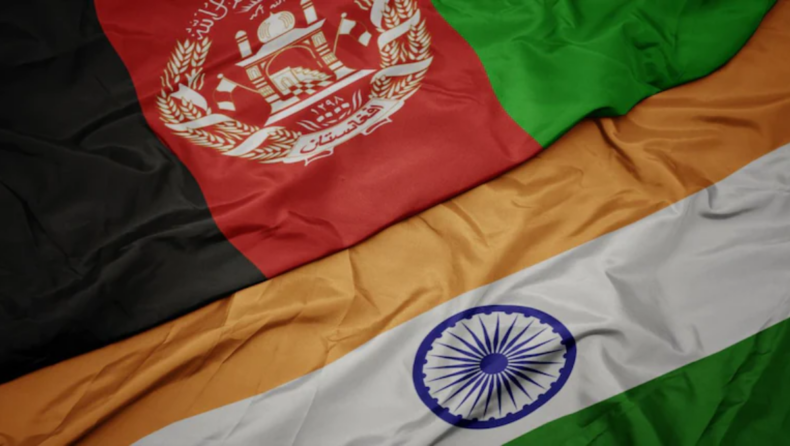India is now revamping its worldview to make space in Afghanistan. Both India and Iran, are using common identities and interests.

In recent times, geopolitics and security scenarios are changing rapidly. The emerging trends are difficult to identify and explain. Countries, over the globe, have chances to map out their foreign policies and positions.
From West Asia, the battleground for powers is now shifted to Eastern Europe. This happened with the taking over of Afghanistan by the Taliban and Ukraine’s invasion by Russia. The shift in Afghanistan could trigger the increase of extreme religious fundamentalism. It will show results even in neighboring countries, along with Afghanistan, in the form of a crisis for regional security.
At a point, where the world is focusing on Ukraine and other European regions, India and Iran stand chances to have active engagements at regional and continental levels.
New Regionalism:
The changed global system showed the inabilities of regional organizations. The ‘New World Order’ logic of the 1990s cannot satisfy the security needs of the ‘New international Order’.
For the last three decades, various regional as well as extra-regional organizations, like the South Asian Association for Regional Cooperation (SAARC), South Asian Association for Regional Cooperation (SAARC), and the Shanghai Cooperation Organization (SCO), defined cooperative frameworks. But now, there is a need to redefine their goal based on current conditions, needs, and interests.
As per new regionalism theories, new regions may not be defined as per the map itself. It can have thematic openness along with geographical flexibilities. Therefore, the new regions can be physical as well as virtual and can explore and strengthen as per common interests. It is commonly believed that common interests are defined based on common identities. The newer models are based on shared cultural values, norms, identities, and interests.
The new models work on the ‘bottom-up’ methods. Cooperation at lower levels have gained importance. Thus, regional societies can be found based on civic relations in cultural, scientific, and social spheres, leading to political, economic, and security cooperation.
India and Iran have rich cultural and historical backgrounds coupled with shared cultural norms and values, with the neighbors in Asia- Central, South, and Western regions. Based on these tenants, both these countries hold the potential for building a ‘regional society’. Both the nations can redefine regional security via intercultural communications, redesigning new cooperation models for regional securities.
Cooperation in Afghanistan:
For the past decades, Afghanistan served as an important field for transnational cooperation between countries, especially India and Iran. The cooperation traces back to the Taliban’s takeover of Kabul in the second half of the 1990s. India supported moderate religious parties as well as Northern Alliance in Afghanistan.
With its historical ties with India and Iran, there is no doubt that Afghanistan can serve as a good link between the two countries. It will help in contributing to reshaping the new model of regional integration, along with the formation of Asia’s new regional-cooperation mechanism.
Presently, both countries are undertaking steps to set up contact with the Taliban. Both of them are working on finding common solutions to limit the growth of religious fundamentalism.
Both the countries host Afghan civil activists, intellectuals, journalists, academics, and students. This resulted in the creation of unparalleled capacities and social capital in both countries. It holds the potential to advance various cultural regionalization programs in the region. New discourses are created as a result of the exchange of ideas and dialogues between academics and intellectuals.
India and Iran, with the help of Afghanistan’s intellectuals, can lay the groundwork for forming a new multicultural regional society in Asia. This will enhance the regional position of both the countries as intellectual and cultural leadership. Both can protect the region from imported Western models.













